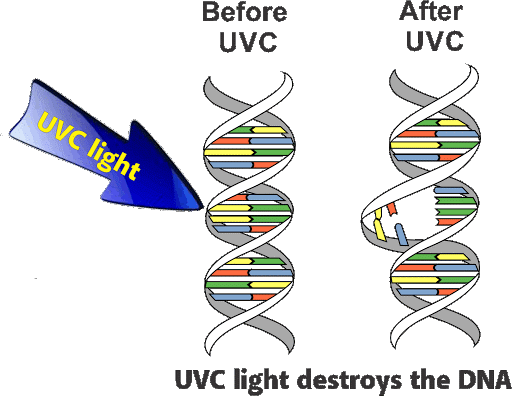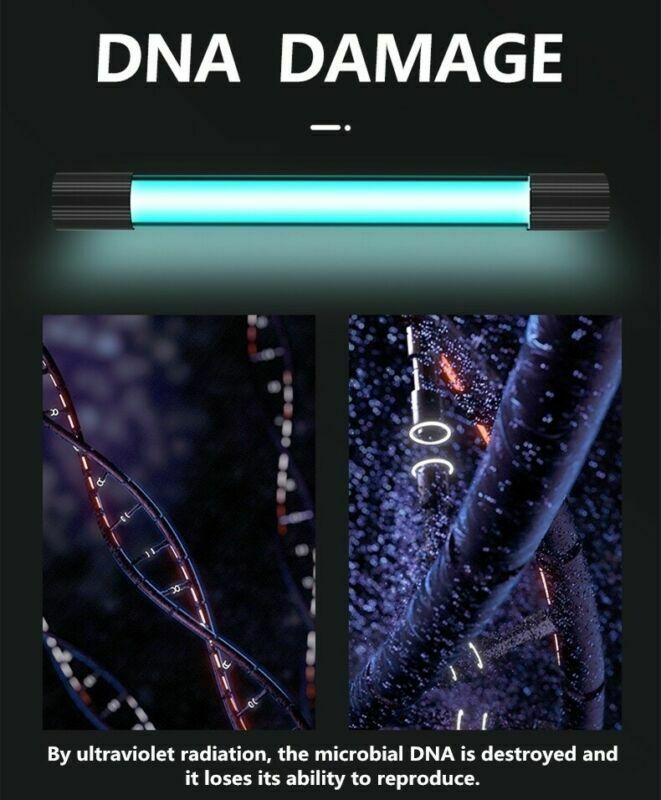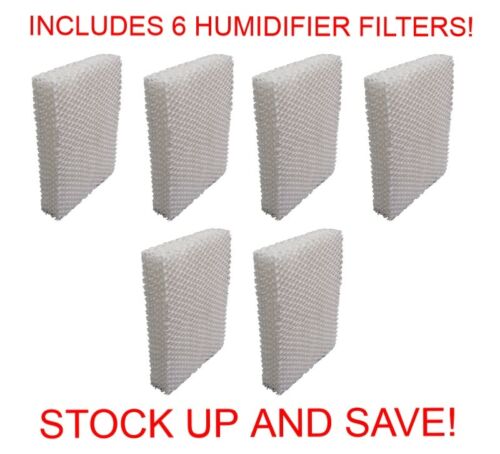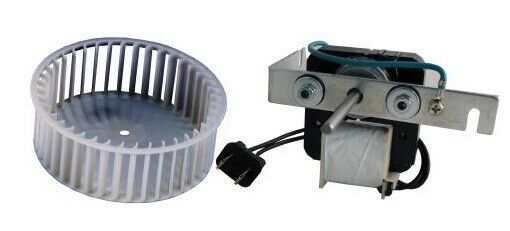-40%
Germicidal Ultraviolet UVC Air Scrubber Disinfection Sterilization Restore Air
$ 157.84
- Description
- Size Guide
Description
NO PRESCRIPTION NEEDED—Before you buy an Air Purifier, read this….
Filters do not purify the air; they simply capture Germs, Virus and Pathogens in one place
.
Left to their own devices, they build colonies. They make lots and lots of deadly colonies.
You don’t change filters because they are dirty;
you change filters because they are loaded with some really nasty
germs that are just sitting there waiting to escape back into the atmosphere.
The answer is what Hospitals, Scientific Labs and Clean rooms utilize.
It is called Ultraviolet Germicidal Irradiation or
UVGI
for short.
You sterilize the filters the second the germs are captured.
You do this by having a UV-C light at 254.7nm inside a crystal blown glass casing.
Not cheap, but very effective.
That is why we guarantee our light bulbs forever with a Lifetime Guarantee.
Simply mail back the old bulb; we will mail you a new one.
Don’t hold your breath as we have had one burning for three years and it is still going strong at 99% effective. A Clean Air Filter System without a UV light to Sterilize the Filters is no more effective than a fan blowing air throughout your room.
Don't buy a half thought out system, get a real one.
The truth about Air Purifiers.
You don’t go to Wal-mart for a Heart transplant nor should you go there to buy an Air Purifier if you have COPD or Asthma. You may wonder why some Air Purifiers are over a Thousand Dollars and yet at some discount store are less than a Hundred Dollars. Any sane person would have to ask if one was ten times more powerful that the other. In some cases, the answer is NO.
A Filter may be very important to you if you are going to have to offer your pet Fido or Fluffy the Cat to the nearest shelter because your children are allergic or having pulmonary problems caused by Pet Dander or if your Fiancé is allergic to cats.
What makes these things so darn expensive or so darn cheap is how they are built, what they are built of and when it is all said and done, it comes down to how well they
kill germs and clean the air we breathe
.
What should you be looking for when purchasing an air purifier? The top of the line Air Purifying Systems that cost over a Thousand Dollars have all of the following in their units. Some have larger sized filters that last twice as long and cost twice as much for replacement so you end up paying the same amount. A filter is going to saturate and reduce its effectiveness with time. An Average filter is going to last six months with normal use.
1). A Pre-filter
2).
A True
HEPA Filter
3).
An Activated
Carbon (aka Charcoal) Filter
4). A Nano-Cold Catalyst Filter
5) An Ion electrical plate mode
6)
A
Ultraviolet Germicidal Irradiation Light
(UVGI)
7) A powerful enough
Air Handler
to recirculate the entire volume of a room in less than 10 Minutes. That’s six times per hour. Most can’t do that.
8). Sleep mode to reduce the noise level below 20dB.
9). Control panel lights should turn off in sleep Mode.
10). Timing Mode:
With the timer, you can set 1 to 8 hours and then turn off.
11) Air Quality sensors, Red, Blue and Green Air Quality lights
12) Ambient Temperature reading on Control Panel.
13) Filter Replacement warning light on Control Panel.
14) Speed Control of Fan with icon showing low, Medium, High and Auto.
Now from there, the price goes down. In some cases, nothing more than a fan, a box and Filter comprise the entire system. These are usually found at Wal-Mart® and are less than a Hundred Dollars. They are not very effective but they certainly are cheap. At the very minimum, the things underlined above are essential in air quality control. Without them, you simply have a fan.
The one thing you cannot skimp on is a HEPA filter. HEPA filters are critical in the prevention of the spread of airborne bacterial and viral organisms and, therefore, infection.
Typically, medical use HEPA filtration systems also incorporate high-energy
ultra-violet light
units or panels with anti-microbial coating to kill off the live bacteria and viruses trapped by the filter media.
Some of the best-rated HEPA units have an efficiency rating of 99.995%, which assures a very high level of protection against airborne disease transmission.
A high-quality HEPA filter that can trap 99.97% of dust particles that are 0.3 microns in diameter is the minimum for Air Purification. For comparisons sake, a human hair is about 50 to 150 microns in diameter. So, a true HEPA filter is effectively trapping particles several hundred times smaller than the width of a human hair. A HEPA filter can capture a particle of dust so small that you cannot see it with the human eye.
HEPA filters are designed to arrest very fine particles effectively, but they do not filter out gasses and odor molecules. Circumstances requiring filtration of volatile organic compounds (VOC), chemical vapors, cigarette, pet or flatulence odors call for the use of an activated carbon (charcoal) or other type of filter instead of or in addition to a HEPA filter. Carbon filter are proven to be many times more efficient than paper filters and the granular activated carbon form as an adsorption of gaseous pollutants, are known as High Efficiency Gas Adsorption filters (HEGA) and were originally developed by the British military as a defense against chemical warfare
So there you have it; at the very least, you need a high powered fan that blows all of the air out of a room in less than ten minutes and re-circulates fresh air, a true HEPA filter and a Activated Carbon filter and a Germicidal Ultraviolet light at precisely 254.7nm to kill germs, virus and pathogens. LED lights are not germicidal. They may look pretty when they are flashing, but they don’t kill bacteria, virus and germs.
The unit I sell has all the whistles and bells that the expensive Swiss made units have that sell for over a Thousand Dollars. Mine cost less than 0. Mine is actually better and probably should sell for a Thousand Dollars. Mine has all 14 items listed above. I do import parts. Hand blown glass for UV lights is not cheap to manufacture. I use computer boards from Japan and filters from Germany. I use the best. Full disclosure; some of the control switches are Swiss made. They are assembled in the United States.




















